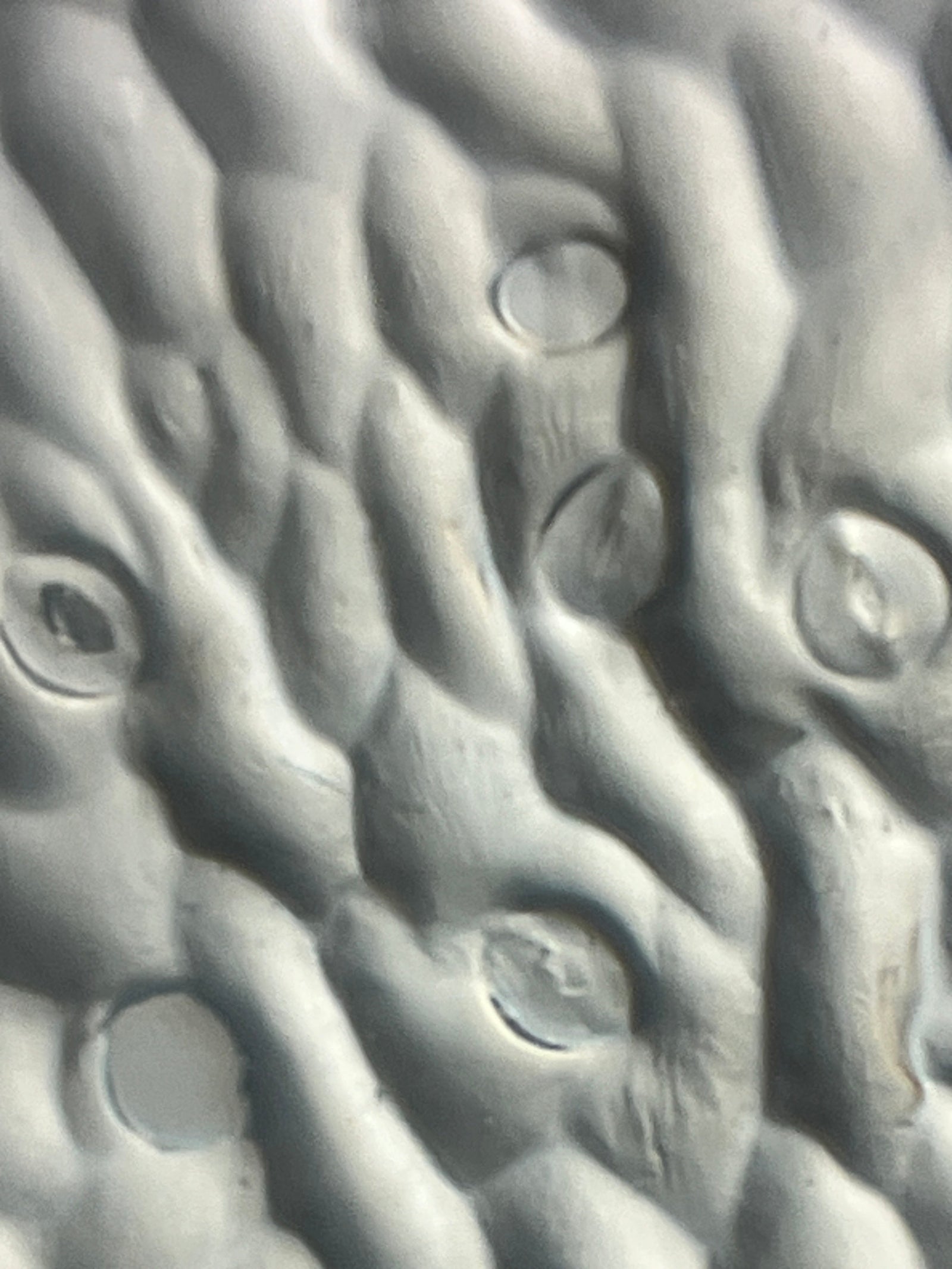Question:
Who am I and what am I made of?
Science is about learning how things work. And what better way to learn than through a scientific deep dive into your own self? Read on for a fun way to let your students discover the microscopic secrets hidden within themselves with a Foldscope 2.0!

Background:
The beginning of the school year is usually a time for “getting to know you” activities, lab safety information, and an introduction to the course content. If you are going to be using microscopes during the year, this is a great time to bring out a classroom set of Foldscopes and let students practice their microscopy skills while using their favorite subject - themselves!

Materials/Procedure:
The materials here are suggestions for collecting samples. Feel free to make adjustments to suit the needs of your students. For safety purposes, it is best to use only samples that can be obtained without breaking the skin.
Materials:- Science notebook
- Pen/pencil
- Classroom set ofFoldscope 2.0s
- Blank Trading Cards
- Ring Stickers
- Clear Stickers
- Lens Kit
- 2.0 LED Light Module Kit
- Tweezers
- Toothpicks
- Pipettes
- Methylene Blue Stain (optional)
- Hot Glue Gun (optional)
- Inkpad (optional)

Procedure:
- Think through the samples you want your students to collect (hair, eyelashes, cheek swabs, teeth scrapings, tears, sweat, skin (think hangnails, chapped lips), fingernail clippings, fingerprints, etc.).
- Have students prepare slides of each of the samples.
- Dry Mount: for hair, skin, and fingernails
- Prepare the blank trading card with a clear sticker on the back. (See this video if you have questions about how to use the trading cards.)
- Place the sample on the front and seal it in with another clear sticker.
- Wet Mount: for tears and sweat
- Prepare the blank trading cards with a clear sticker on the back.
- Place a ring sticker on the front and remove the clear sticker cover slip.
- Add a drop of liquid (tears/sweat), let the sample evaporate in a sunny spot, and then replace the clear sticker cover slip.
- Smear: for cheek swab and teeth scrapings
- Prepare the blank trading cards with a clear sticker on the back.
- Cheek Cells: Gently rub the toothpick on the inside of your cheek, smear the cells onto the front of the trading card, and seal them in with another clear sticker. (Optional - add methylene blue stain to more clearly view the nucleus and cell membrane.)
- Teeth Scraping: Gently scrape the toothpick along the surface of your teeth, spread the scrapings on the front of the trading card, and seal them in with another clear sticker.
- Fingerprints: (optional)
- Prepare the blank trading card with a clear sticker on the back.
- Place a small thin layer of hot glue on the front of the card (give it a few seconds to become warm, not hot).
- Place a finger on the inkpad and then gently roll the finger through thewarm glue leaving an imprint of the finger.
- Let the glue dry completely and seal it in with another clear sticker.
- Note: there are variations for how this can be completed if you are not comfortable with using a hot glue gun in your classroom. For example, have your students spread a VERY thin layer of white glue on their finger, let it dry and then gently peel it off and place it on a trading card. Make sure students understand that they do not need much glue at all (it only needs to be as big as the hole on the trading card).
- View the samples by placing the trading cards into the Foldscope one at a time and using the focus ramp to adjust the clarity of the images.
- Use the LED light module and experiment with the different lighting techniques to discover how changing the angle at which light hits the sample can significantly change the microscopic image.
- Use the different lenses to change the magnification from 50X to 140X to 340X to determine which gives the best microscopic view of the samples.
- Have students:
- draw and label what they see in a science notebook,
- couple their phones or tablets to the Foldscope to take pictures of the magnified samples.

When your students have finished observing and documenting their samples, have them reflect on how this microscopic view of themselves changed their perspective on “who” and “what” they are.

Extension:
This blog ties together the three dimensional framework of the NGSS. It covers the Disciplinary Core Idea of Life Science. Students will see the Crosscutting Concept of Structure and Function. This activity is also a way for students to deepen their understanding of the Science and Engineering Practice of Obtain, Evaluate, and Communicate Information.

However, this exploratory activity can go beyond the science classroom. Join forces with:
- a Social Studies teacher to zoom out from the microscopic view and take a comparative large scale view of cultures around the world,
- a Math teacher to create graphical representations of the different physical characteristics discovered during the activity,
- an ELA teacher to write personal narratives that describe how the students see themselves from a microscopic perspective,
- and a related arts teacher to create a personalized multi media display of the microscopic images!

Connect:
Share your observations, discoveries, pictures, and interdisciplinary extension activities with the Foldscope community. Submitting your Foldscope images related to the topic to the Microcosmos will help build up a strong scientific database that can help support new and innovative scientific research! Tag us on social media when you post the results of your explorations, creations, and discoveries! We love to see how Foldscopers around the world are using their Foldscopes in new and innovative ways!
Facebook: @Foldscope
Twitter: @TeamFoldscope
Instagram: @teamfoldscope
TikTok: @foldscope
Threads: @teamfoldscope
Sources:
https://www.forensicsciencesimplified.org/prints/principles.html
https://www.britannica.com/science/perspiration
https://humanbodylearning.com/fun-skin-facts-kids-science/
https://www.news-medical.net/life-sciences/Hair-Analysis-in-Forensic-Science.aspx


